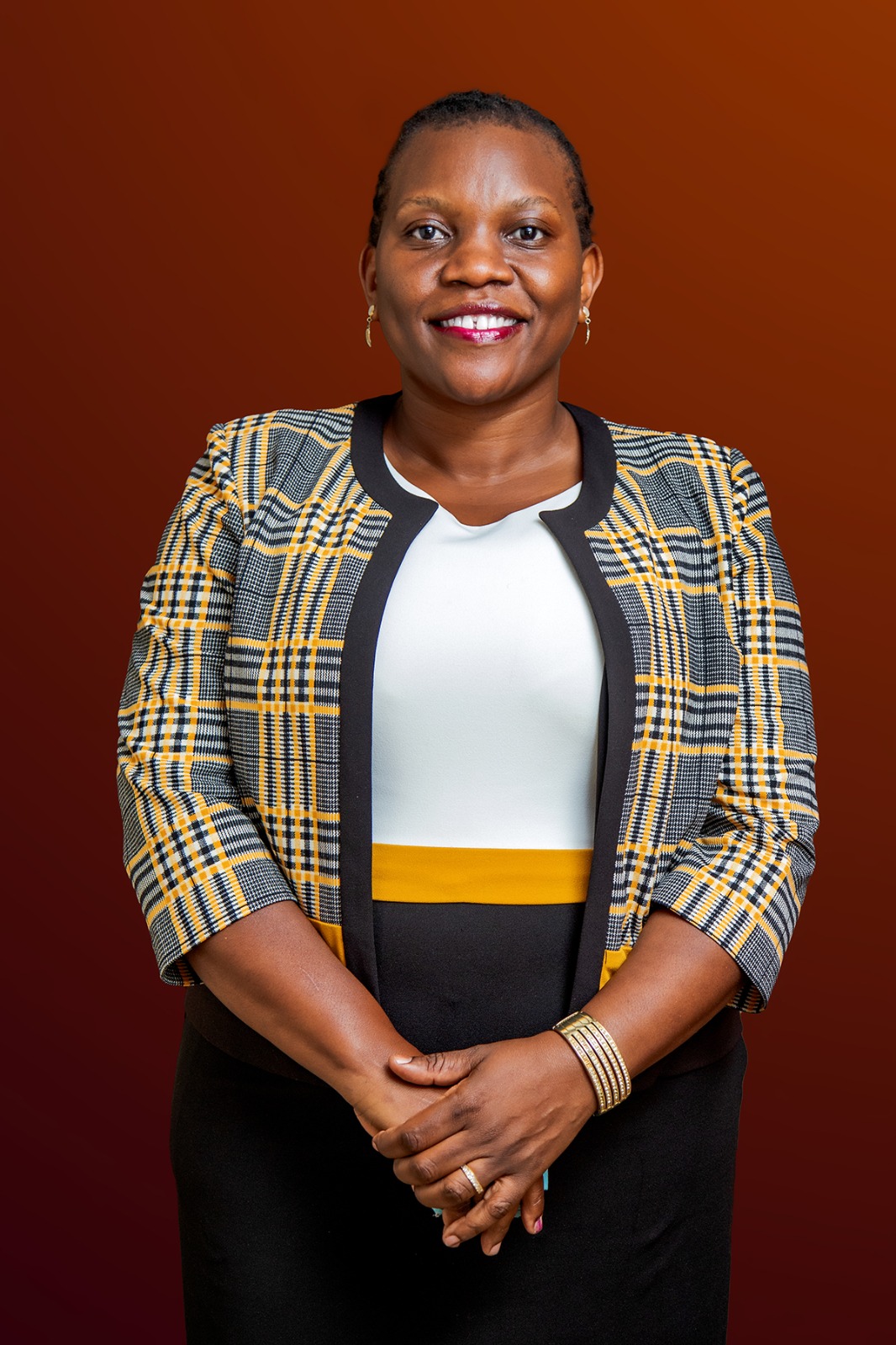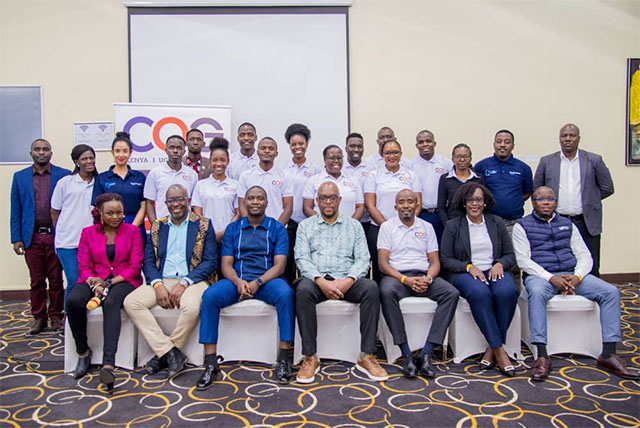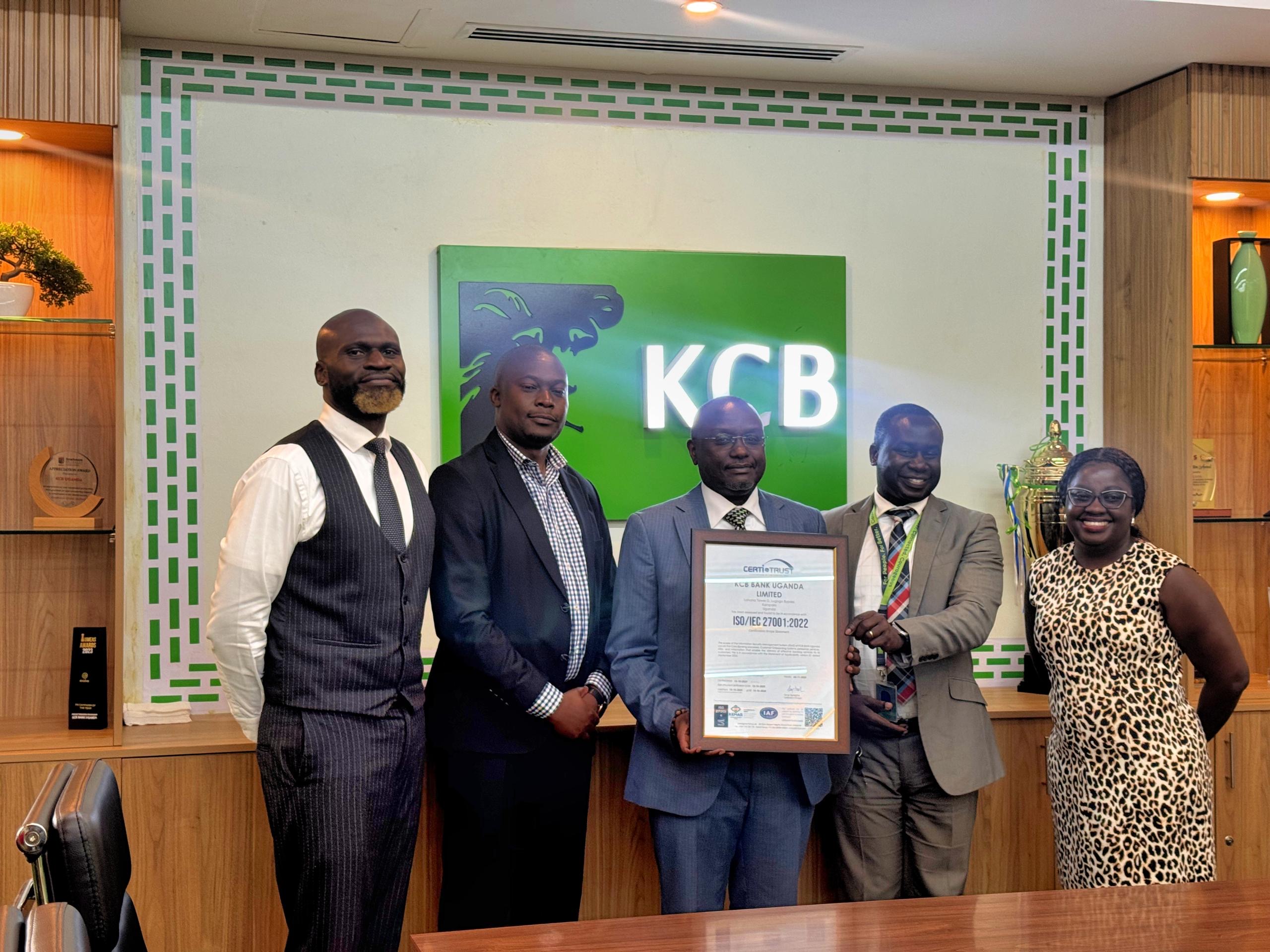Lydia Mirembe – Manager Corporate and Public Affairs, URBRA
Uganda joined the rest of the world to commemorate International Women’s Day – Saturday March 8th, 2025. The theme, accelerating action for gender equality, calls for reflection on the forms of inequality, what implications they have for women, and solutions to mitigate the negative effects thereof.
Over the years, Uganda has made great progress towards gender equity and equality. This is observable in key areas like access to education, political participation and representation, and economic empowerment. The country has adopted several laws and policies that establish and strengthen women’s position in the economy.
However, retirement remains a critical area of gender inequality and requires urgent attention. Women face several challenges in retirement, many of which stem from earlier stages of life. Considering the life-cycle approach, nearly everything people do in their lifetime ends with retirement and old age. As far as retirement planning is concerned, there are three critical stages in life, each affecting the subsequent one. The accumulation stage is characterised by hard work and productivity to build a foundation for one’s legacy. The preservation stage is the time to secure things, following years of accumulation. It’s the time to re-evaluate one’s savings and investments and align the with one’s retirement goals and dreams. The distribution stage is where all the savings and investments pay off – for most people this is during the retirement years.
Even with such a clearcut framework, many people especially women, are unable to have clear financial management plans leading to a dignified retirement. During the accumulation and preservation stages, women face many gender-based challenges which prohibit them from taking full advantage of opportunities. The most glaring gender differences can be observed in employment patterns, as highlighted by Uganda Bureau of Statistics (UBOS) in the 2024 population census report. It is therefore important to prioritise and accelerate actions to mitigate the potential impact of such patterns on women’s retirement plans.
As of December 2024, out of the working age population of 25, 155, 922, there were 13,872,948 (55%) females and 11, 282,974 (45%) were males. Working age population defines the group of people who are capable, and likely (age 14-64 in Uganda) to engage in activities to produce goods and to provide services for use by others or for own use. While women make up the bigger percentage of the working age population, the actual work they engage in does not necessarily put them in a position of advantage. Note for example the differences under the following indicators:
- The potential labour force was also higher among females at 16.8% than males at 11.5%. These are people aged 14-64 who are interested in working to an income, but are limited by existing conditions
- The number of women in employment is 33.1% compared to 45% men. These are people actively working for pay or profit for the benefit of others. Their terms may be permanent, fixed or short, or they may even be casual employees
- There are more women in self-employment, also known as own-account workers at 31% compared to men at 27.7%. These include owner-operators of enterprises that do not have employees or hired help.
- There are more women working as helpers in family business at 29.9% than men at 19.4%. These assist in family businesses without receiving any pay.
- The national unemployment rate was higher among females at 14.5% than males at 10.7%. These are people aged 14-64 who had no work from which to derive an income
- The unemployment rate among youth (aged 18-30) is higher for females at 18.7% than males at 13.4%
- The number of youths who are not in employment, education or training is 47.3% for females and 37.1% for males. In other words, these are youth who are idle and disconnected from economic opportunities
These trends have been reflected over a long period of time. For example, earlier in 2017, UBOS released a report titled “Women and Men in Uganda: Facts and Figures.” Regarding the national labour force, the report indicated that 50% of men were employed, compared to 40% of women. Of the employed labour force, 48% of women were self-employed, compared to 38% of men. UBOS further reported that men engaged more in paid employment, while women spent up to 30 hours a week on unpaid domestic work like colleting firewood, fetching water, taking care of children, the sick and the elderly. Women also dominated the subsistence agriculture activities.
The economic activities in which a person is involved, have significant implications for retirement planning and saving. People in formal employment have a more structured retirement saving plan compared to their counterparts in the informal setting. Even among those formally employed, the actual tasks and related emoluments have implications for retirement savings. UBOS indicates that women tend to concentrate in less-paying service work and elementary occupations rather than highly-paid professional work and key positions such as CEOs and senior officials.
Since retirement planning and saving is tagged to one’s pre-retirement employment and earnings, and basing on national statistics, it is not farfetched to conclude that women are still quite disadvantaged compared to men. However, it may not be possible for this situation to be corrected without major systemic changes at legal, policy, political, and societal levels. But in the meantime, women cannot stand by and wait for systemic changes to happen; there are key considerations that women must bear in mind as they chart ways to enhance progress towards a better retirement.
Gender inequality in payment: If the current earning trends are not averted, women’s retirement benefits accumulation will be slower, even with long careers. The National Labor Force Survey of 2021 reported that the average monthly cash earnings for people in employment was UGX250,000 for men and UGX140,000 for women. For women in formal employment, monthly earnings fell below the national average of UGX200,000. Therefore, as far as its possible, women should always try to negotiate for higher pay and advocate for themselves in the workplace, knowing that retirement benefits are based on one’s monthly income. Otherwise, they have to work much harder and longer to make up for the disparity.
The effect of career breaks: Women are still largely in charge of family caregiving and are more likely to get career interruptions to look after children and other family members. Research has found that mothers are four times more likely than fathers to miss work due to childcare responsibilities. Taking time out of work for any length of time will most likely affect one’s retirement contributions and long-term savings. Women therefore should adopt strategies to help balance out any shortfalls created by such major events in life, as career breaks. Career breaks should be better planned.
Women live longer: Apart from accounting for the bigger share of the population, women also have a higher life expectancy than men. Given the advancement in technology and healthcare, women will likely enjoy even much longer and healthier lives. Therefore, women need to save more money over their lifetime to ensure that they don’t outlive their retirement savings. Women must consider strategies to maximise their retirement income, enhance its adequacy and preservation. They may have to think clearly about when and how to access retirement benefits, and whether to increase the portions they save. For example, save more and delay access. Women should also know the options available when it comes to drawing their retirement savings.
Women have higher health care costs in retirement: The fact that women live longer also makes long term care plans crucial. These are costs that women ought to account for while still productive and earning. URBRA has licenced some health products on the market which women can take advantage of.
Financial Literacy and confidence: Women still lag in terms of education levels, which affects their literacy and confidence. This impacts on how they seek and apply knowledge concerning their retirement and financial literacy. Some even shy away from managing their own finances and hand over to their male partners. Women should seek financial educational resources to close the gap. They should also seek professional help to avoid the pitfalls that come with lack of education and literacy.
Conclusion
The achievements attained in the quest for gender equality cannot be discounted, but there is room to improve the women’s experience, emoluments and ultimate contribution to the economy. There must be deliberate efforts to tackle the challenges that compromise women’s ability to contribute meaningfully to their retirement benefits.













Leave a Reply